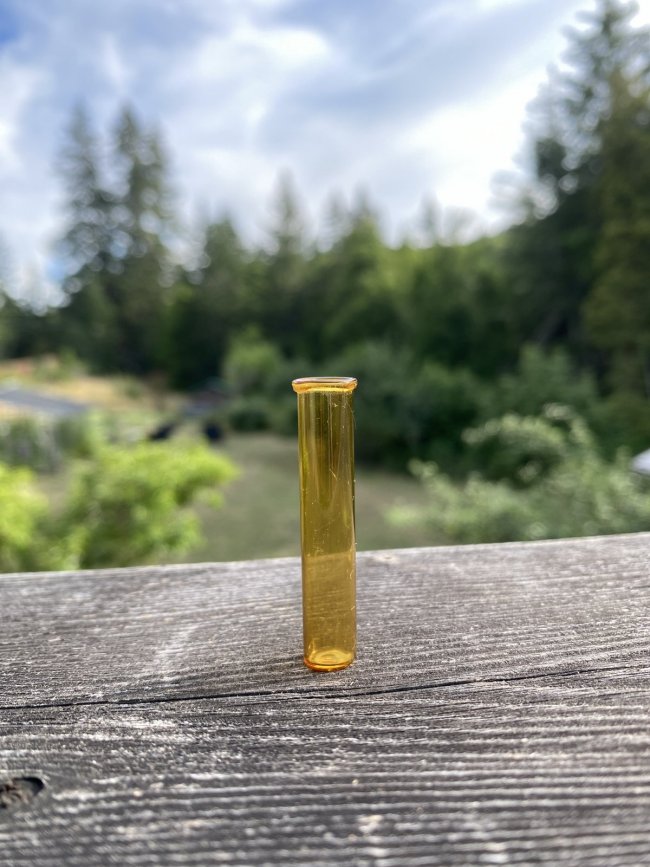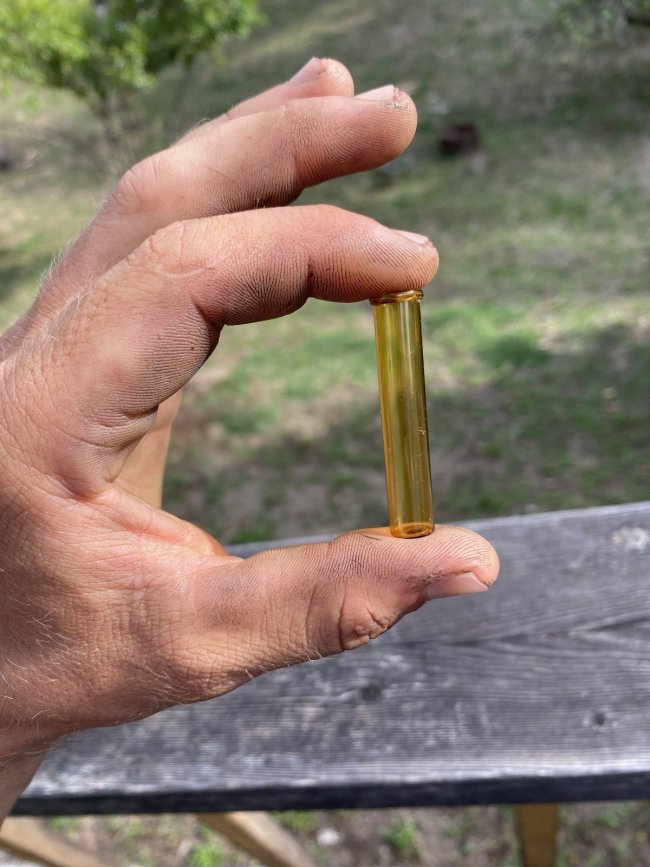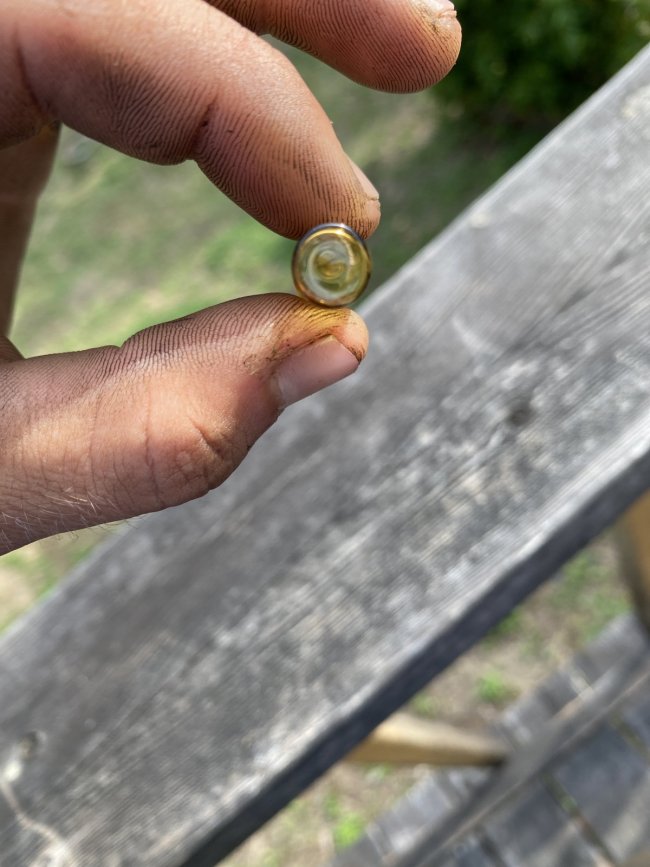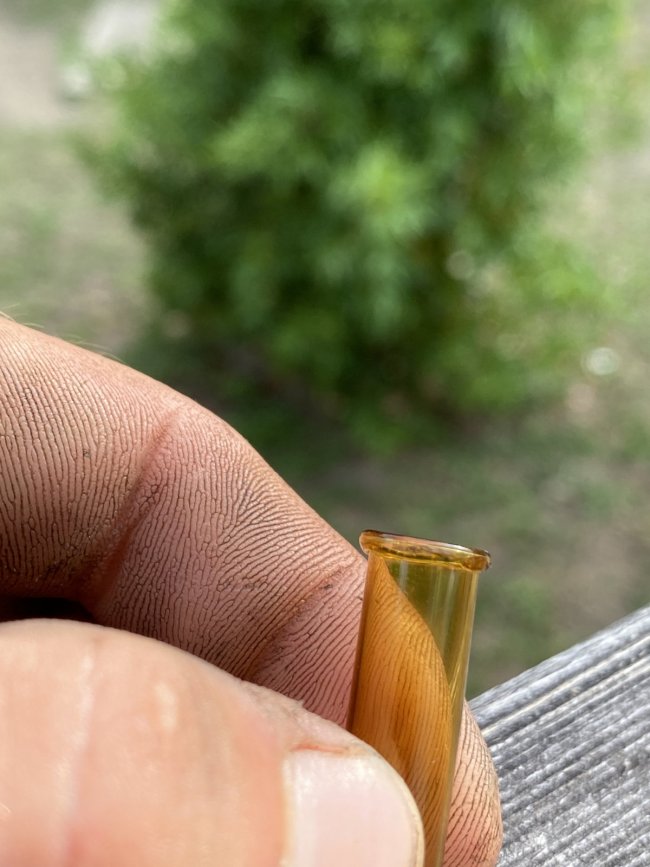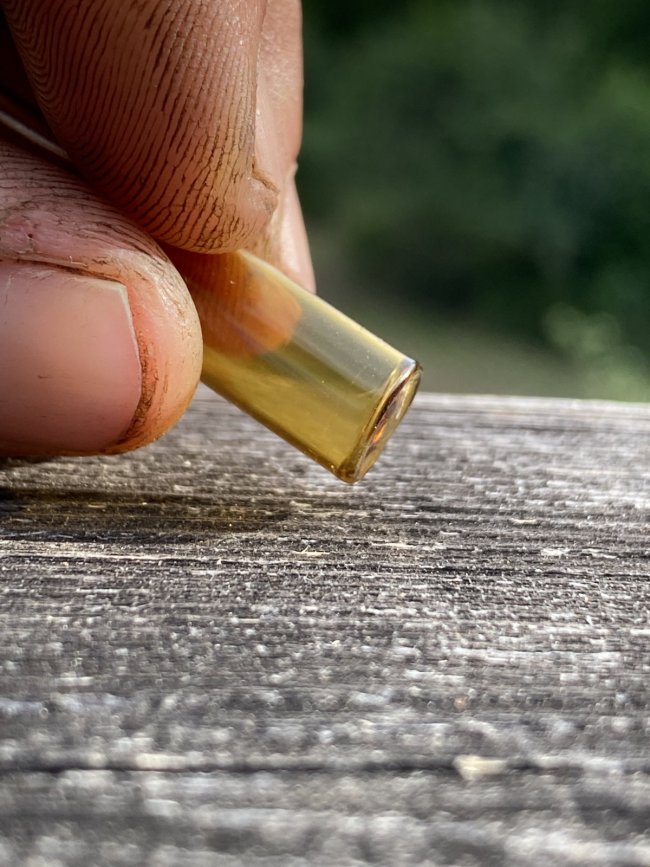Leroy Jenkins
Member
- Joined
- Aug 1, 2020
- Messages
- 11
- Reaction score
- 22
- Points
- 3
I recently moved into a very old house, built sometime in the late 1800s. While doing yard work and gardening, I’ve been finding glass buttons, old insulators, and lots of old broken glass, so I know there are treasures to be found. This little bottle was laying completely exposed in a gopher mound. To me, it looks old, but I need some verification if possible. Please give me your inputs and opinions.

